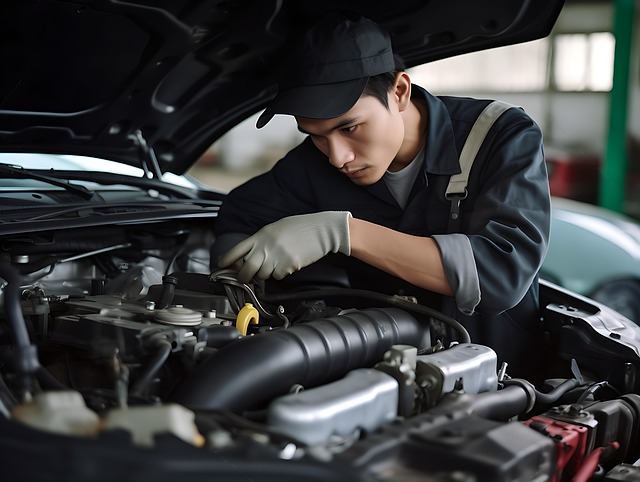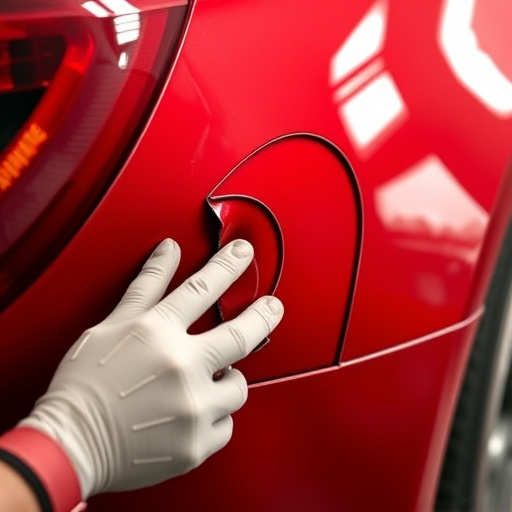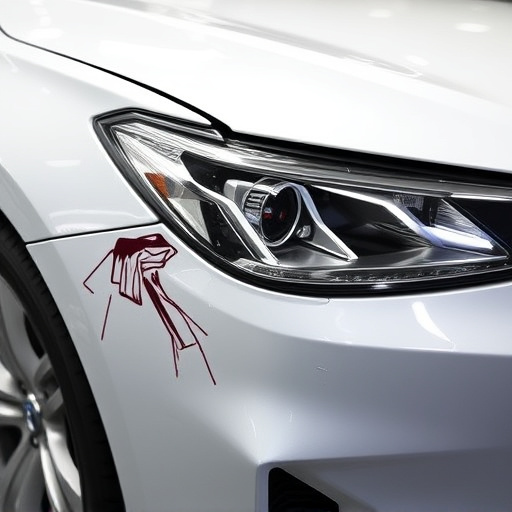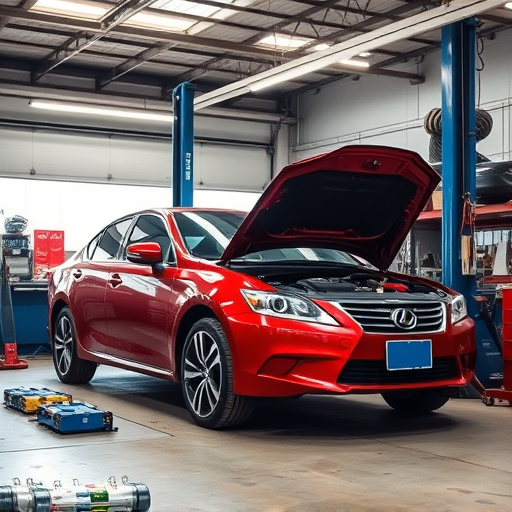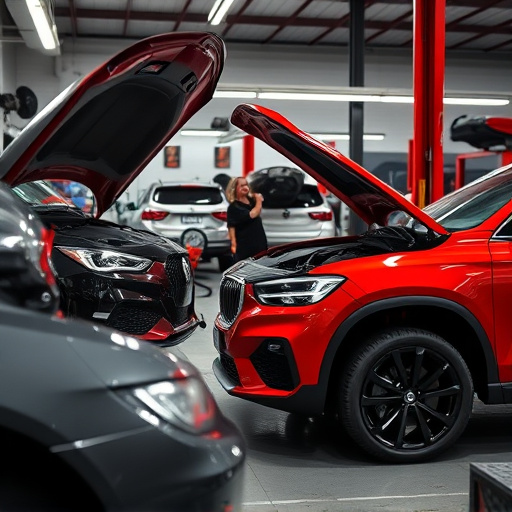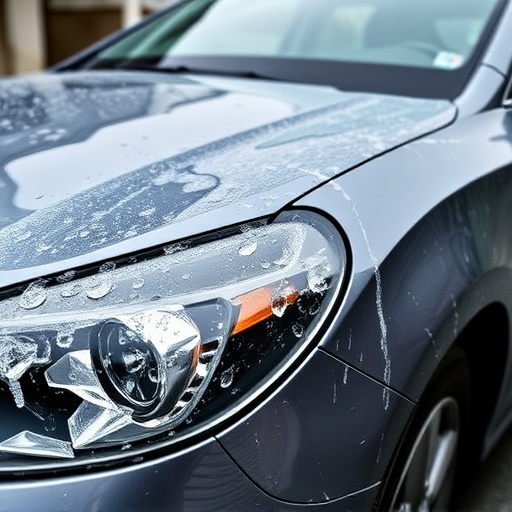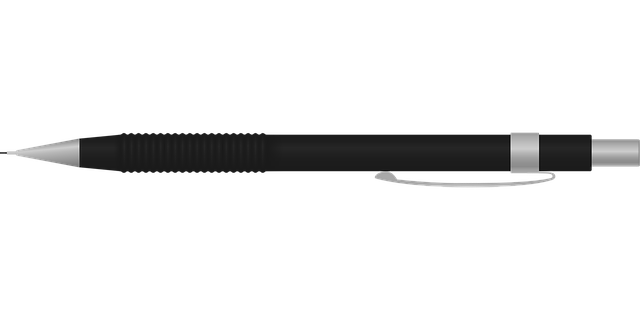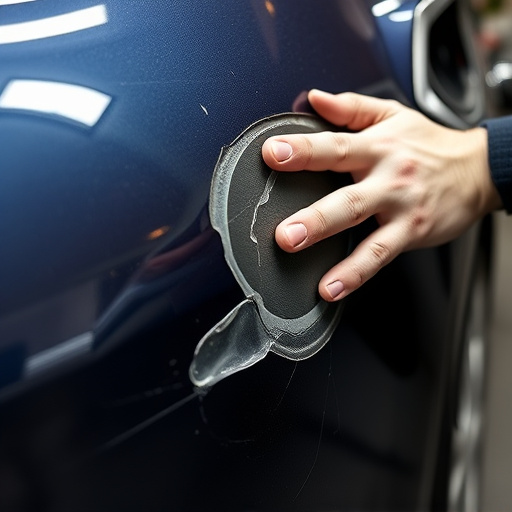Visual evidence, notably high-quality repair photo documentation, is a powerful tool in automotive industry warranty claims, especially for complex repairs like fender benders. Detailed before-and-after images swiftly convey defects and restoration processes, aiding accurate assessments and faster claim settlements, thereby enhancing customer satisfaction and business credibility. Effective documentation involves capturing clear, detailed images from various angles, maintaining consistent lighting and backgrounds, and organizing them digitally with descriptive file names for easy reference during claims.
In today’s digital age, repair photo documentation plays a pivotal role in simplifying warranty claims. Visual evidence significantly enhances the resolution process by providing clear, detailed records of damage and repairs. This article delves into the importance of visual documentation, outlining its step-by-step benefits and best practices for effective implementation. By understanding these key aspects, businesses can streamline their warranty management, fostering a more efficient and customer-centric approach.
- The Importance of Visual Evidence in Warranty Claims
- Process and Benefits of Repair Photo Documentation
- Best Practices for Effective Photo Documentation
The Importance of Visual Evidence in Warranty Claims

Visual evidence plays a pivotal role in warranty claims, especially when it comes to assessing and resolving issues related to repair photo documentation. In many cases, what’s seen is indeed believed. High-quality images providing detailed views of alleged defects or discrepancies can significantly expedite the claim process by offering concrete proof that aids in accurate evaluation. This is particularly crucial in industries such as automotive, where vehicle bodywork or car body restoration is concerned, as it helps to differentiate between pre-existing damage and new or faulty repairs.
For instance, in car damage repair, a well-documented photo sequence can illustrate the extent of initial harm, showcase the process of careful disassembly for repairs, and finally, present the restored component back to its original condition. This visual narrative becomes invaluable in resolving disputes and ensuring that all parties involved—from manufacturers to customers—are aligned on the facts, ultimately leading to quicker claim settlements and enhanced customer satisfaction.
Process and Benefits of Repair Photo Documentation

The process of repair photo documentation involves capturing detailed visual evidence during the restoration process, particularly for car paint services and subsequent fender bender claims. Skilled technicians meticulously photograph damaged areas before beginning repairs, documenting every step with crisp, clear images. This method enables a comprehensive visual record, allowing everyone involved to understand the extent of damage and the intricacies of the repair work.
Benefits of this practice are manifold. For instance, it facilitates efficient claim processing by insurance companies, as the photos provide irrefutable proof of both the pre-and post-repair states. Moreover, these documents serve as a valuable reference for future maintenance or potential disputes, ensuring fairness and accuracy in car dent removal cases. By maintaining detailed repair photo documentation, businesses offering car paint services enhance their professional credibility and provide clients with peace of mind.
Best Practices for Effective Photo Documentation

To ensure effective repair photo documentation, several best practices should be implemented. Firstly, capture clear and detailed images from multiple angles to provide a comprehensive view of the damaged area. This includes close-ups, wide-angle shots, and images showing the surrounding context. Secondly, document both the before and after states of the repair to visually demonstrate the extent of the work performed. Additionally, use consistent lighting and background conditions across all photos for easier comparison.
Organizing and labeling your repair photo documentation is key. Store images digitally in a structured folder system that includes relevant information such as date, vehicle identification number (VIN), and specific repair details. Incorporate descriptive file names and captions to facilitate easy retrieval and accurate reference during warranty claims. Regularly update and maintain this documentation, especially after each dent repair, automotive repair, or collision repair service.
Repair photo documentation is an invaluable tool for streamline warranty claims, providing clear visual evidence that enhances accuracy and efficiency. By meticulously capturing and organizing images of damaged goods, this process allows for swift assessment, informed decision-making, and reduced dispute resolution times. Incorporating best practices ensures that every detail is captured, ensuring a robust record that benefits both consumers and manufacturers alike. Effective repair photo documentation is a game-changer in managing warranty claims, fostering trust and satisfaction across the board.
